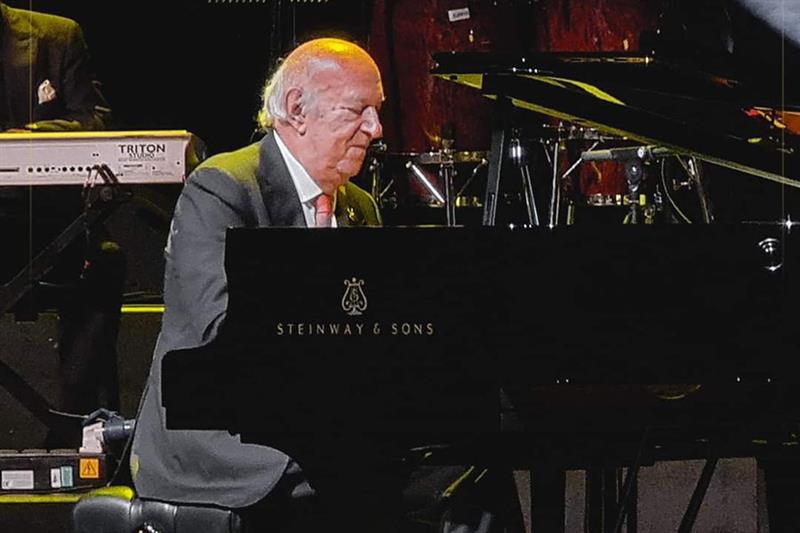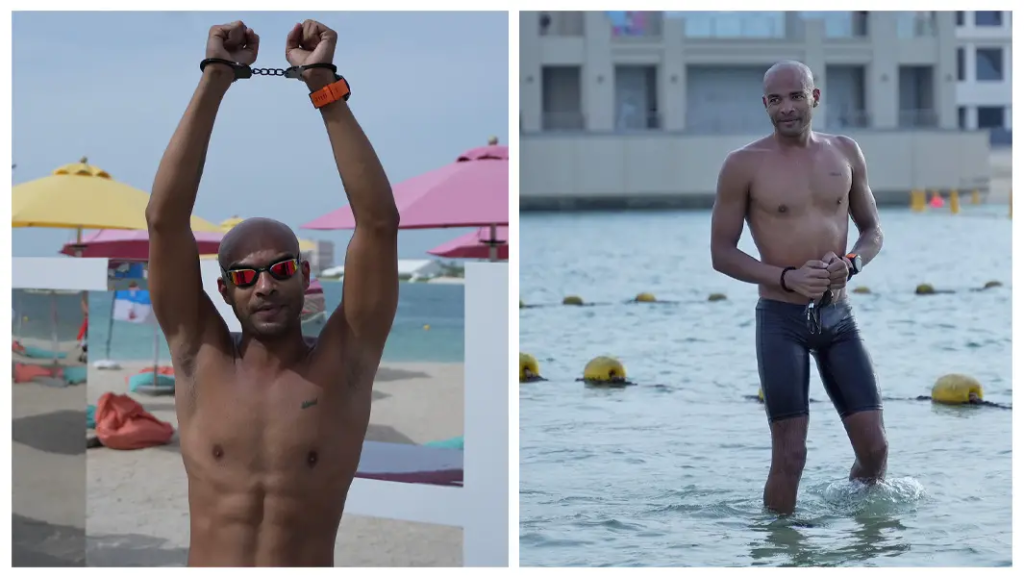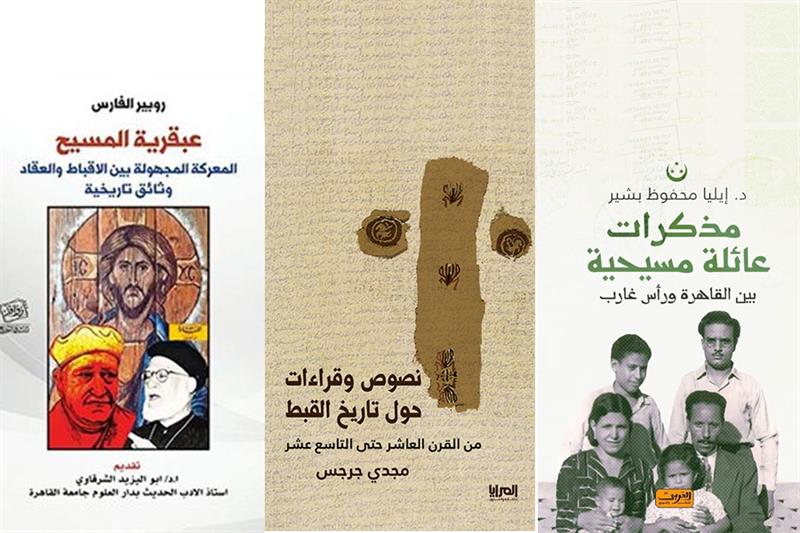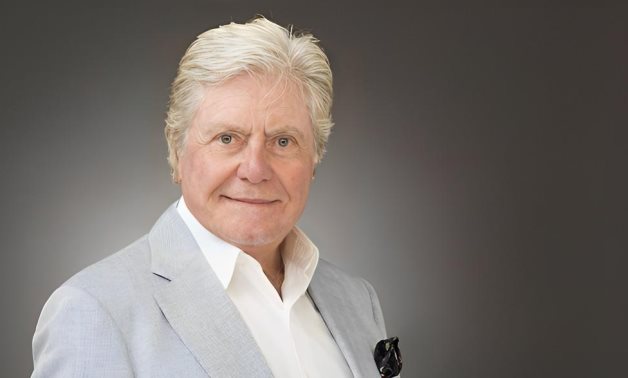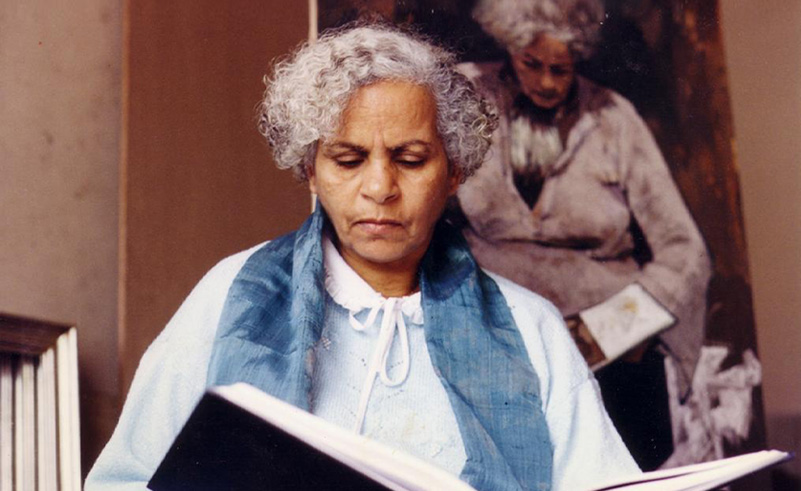Well-known Egyptian soprano Neveen Allouba will be awarded France’s Ordre des Arts et des Lettres in the grade of Chevalier (Knight) by France’s ambassador to Cairo next week.
Allouba’s award for exceptional achievements in the Egyptian music scene follows decades of work in the many aspects of the country’s cultural scene.
Born in 1955, she is among the best known personalities of the Egyptian music scene, with substantial influence outside the country.
Her career includes working with the Cairo Opera Company, where she has performed in countless operas. She has taught numerous young singers and both founded and directed many successful creative endeavours of the Fabrica musical theatre company.
As a young girl, Allouba had dreams of becoming an actress, but was not supported by her family. Instead, she turned to playing piano and singing, graduating from the Cairo Conservatory in 1978.
She was granted scholarships from the Deutscher Akademischer Austauschdienst (West German Cultural Exchange) and the Friedrich-Naumann Foundation to study opera performance and vocal pedagogy at the Hannover Hochschule fur Music and Theatre where she deepened her singing techniques and eventually obtained a doctorate in 1988.
During her decade-long stay in Germany, Allouba performed as soloist at the Detmold Opera. She also performed in other European operas and theatres and across the Arab world at that time. In 1985, she won the first prize in the female voice category of the competition for young opera singers in Berlin.
Upon her return to Egypt, the soprano became a soloist at the Cairo Opera Company, becoming the first female singer to perform in the newly opened Cairo Opera House. As her singing career progressed, Allouba coupled her performances with her teaching career at the Cairo Conservatory, Cairo Opera Development Centre, University of Alexandria and the American University in Cairo where she is an adjunct professor of voice. She also participated as a jury member in a number of singing competitions.
Some of her students went on to continue their education outside Egypt and thrived as internationally renowned singers.
These include Farrah El-Dibani, a mezzo soprano who performs at the Paris Opera; the Germany-based Rita Sebeih, the lead role of Jasmine in the Disney German production of Aladdin; Nesma Mahgoub, winner of the eighth season of the Star Academy Arab World; Fatma Said, a soprano who was the first Egyptian to join the Academy of Milan’s Teatro alla Scala before launching a big international career.
Fabrica chapter
In mid-2010, Allouba founded the Fabrica musical theatre company, through which she trains, develops and promotes new voices.
Fabrica’s pilot production of Mozart’s opera The Magic Flute in Egyptian Arabic was staged in collaboration with the Bibliotheca Alexandrina in 2011.
In 2013, the company premiered Les Miserables in Egyptian Arabic and even toured in the USA. It experienced an additional boost in popularity when it was promoted by the internationally famous Egyptian comedian Bassem Youssef.
This was only the beginning of many successes of Fabrica and its members. Its successes include performances of Brecht’s Threepenny Opera and adaptations of local shows including El-Leila El-Kebira by Salah Jaheen and Sayed Mekawy, in addition to rock, jazz and Disney concerts.
Fabrica also performed during the inaugural El Gouna Film Festival’s opening ceremony (2017), the SNL Bel Araby’s 50th episode celebration, the Egyptian Media and Production Company’s 20 year anniversary and the Intra-African Trade Fair (2018), among other events. Fabrica was brought to light again, as the company won the award for Best Music Video at the ninth annual MoziMotion festival, held in Hilversum, the Netherlands (October 2019) for Mercury Rising: A Queen Tribute, released in January 2019 (a few months after Bohemian Rhapsody was released in theatres).
Overdue recognition
Allouba’s portfolio and well-established position in the field combines many operatic appearances as well as an unconditional belief in the young generation and a natural – almost motherly – dedication to support and promote young talents, while offering to the Egyptian audiences valuable performances.
It’s worth mentioning that most recently, Allouba was appointed director of the new Arkan Theatre in Sheikh Zayed.
The award comes after Allouba’s decades of perseverance and work that often lacked sufficient limelight. It is an important recognition, if overdue, for an artist whose work has created a strong impact on many singers of more than one Egyptian generation.
The France’s Order of Arts and Letters will be awarded to Allouba during a ceremony held at the French Embassy in Cairo, in the first week of June.
Over the past years, a number of Egyptian figures have also been awarded the Knight of the Order of Arts and Letters in the grade of Chevalier.
They include Egyptian novelist and Nobel laureate Naguib Mahfouz, novelist and journalist Gamal El-Ghitani, visual artist and women’s activist Inji Aflatoun, novelist Alaa al-Aswany, theatre director Ahmed El Ettar , composer and conductor Hisham Gabr , producer and scriptwriter Mohamed Hefzy, mezzo soprano Farrah El-Dibany , artist Karima Mansour , among others.
Also the Tunisian-Egyptian actress Hend Sabry is among the recipients of the award in grade of the Commander.
source/content: english.ahram.org.eg/ (headline edited)
___________
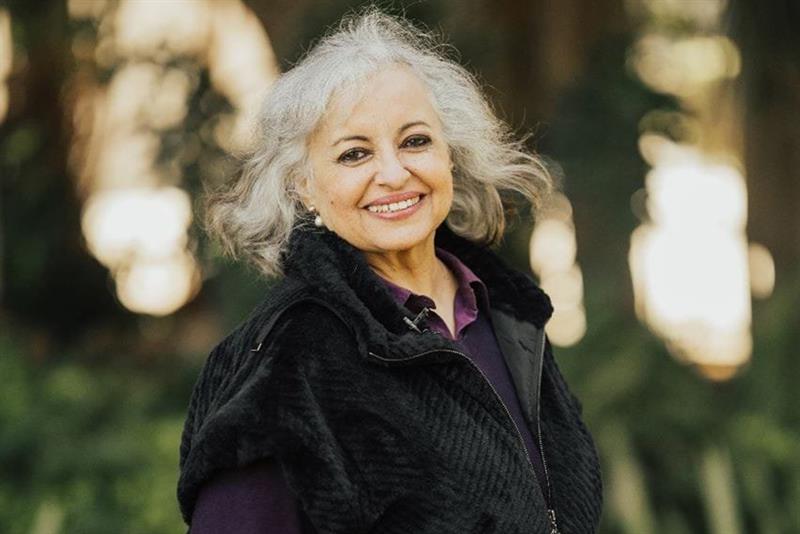
________
EGYPT
